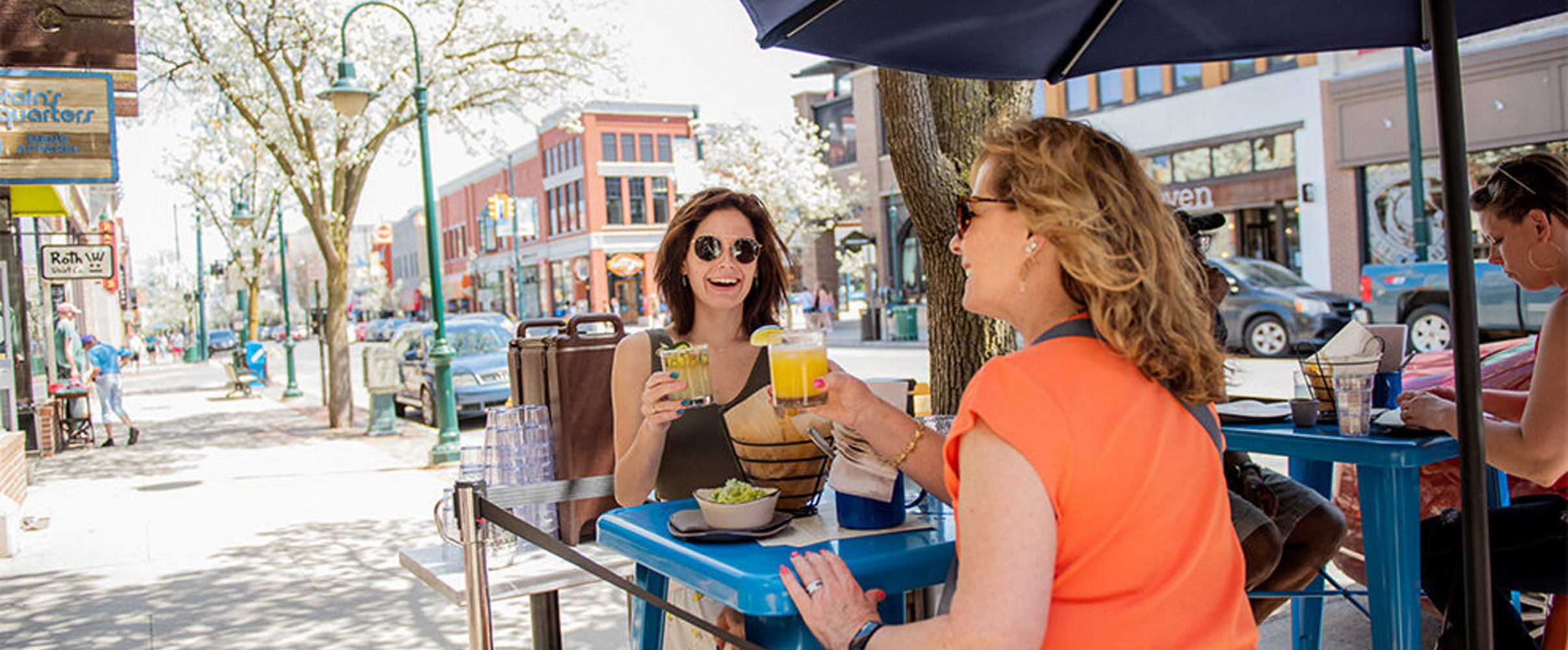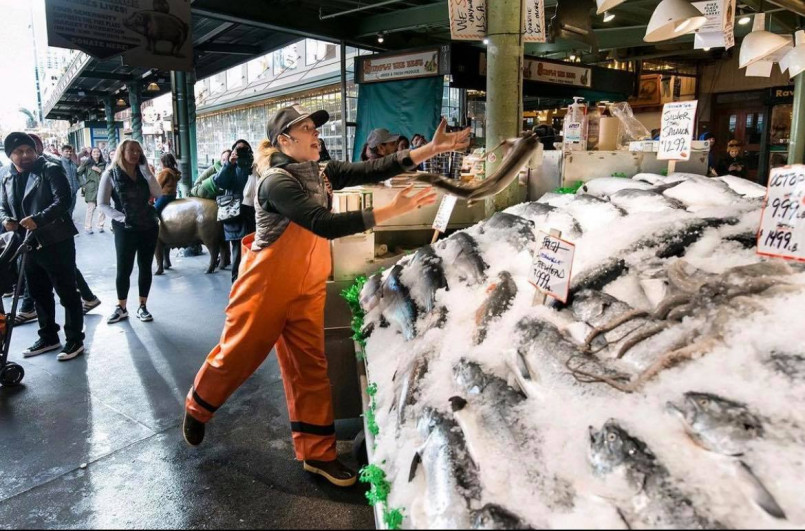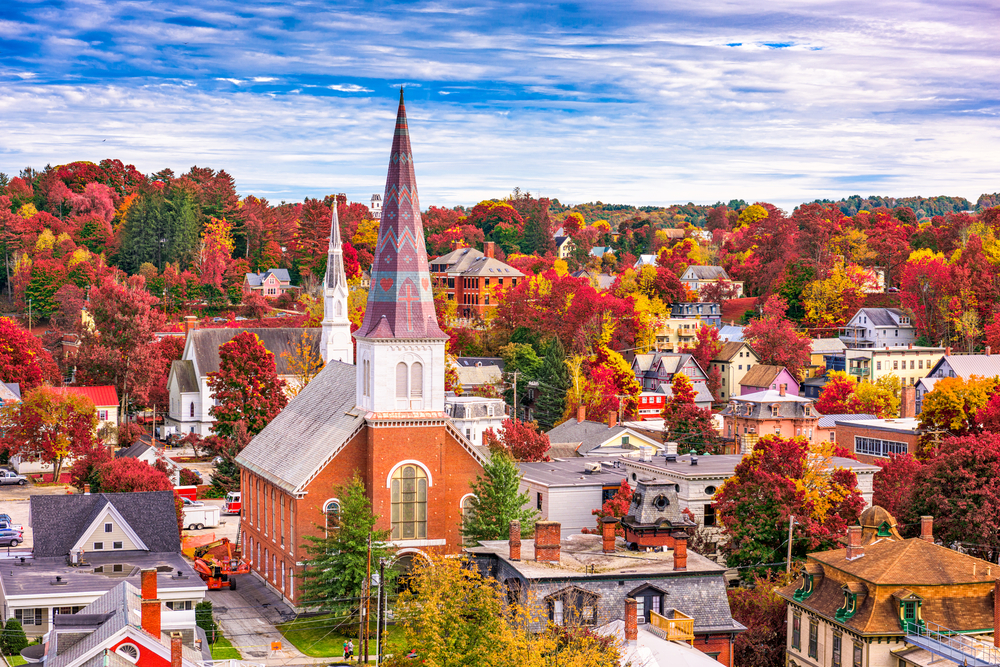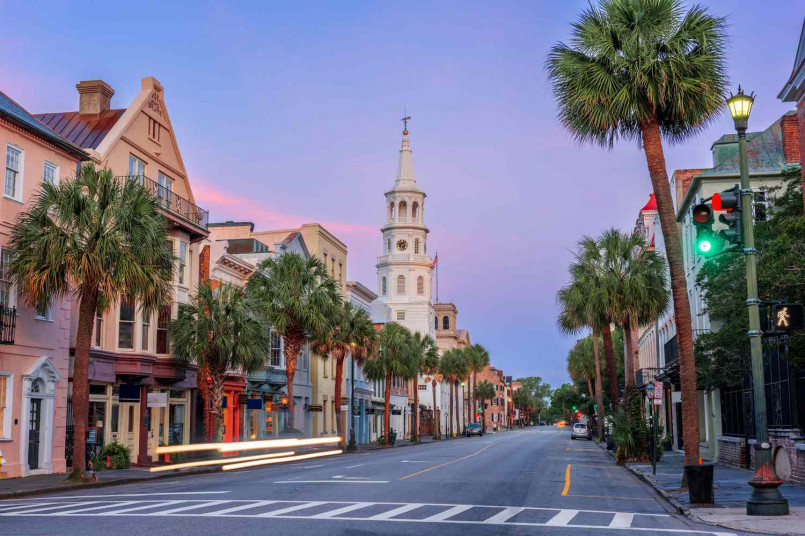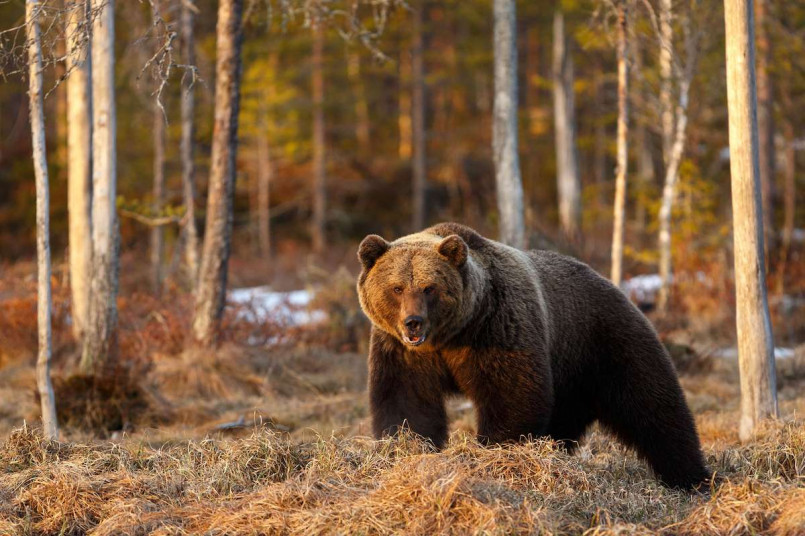Beyond the renowned food scenes of major cities lie America's small-town culinary gems, where passionate chefs, farm-to-table ethos, and regional specialties create exceptional dining experiences with charm and authenticity that big cities simply can't match.
For food enthusiasts seeking authentic culinary experiences, America's small towns offer treasures that often surpass their big-city counterparts. These gastronomic havens combine local ingredients, talented chefs, and regional food traditions to create dining scenes with both quality and character. Beyond restaurants, you'll find farmers markets, food festivals, artisanal producers, and cooking classes that showcase each area's unique food identity.
From coastal seafood specialists to high-desert innovators, these small towns prove that population size has no correlation with flavor. Let's explore 15 small towns across America where food lovers should absolutely plan their next vacation.
Traverse City, Michigan
Known as the "Cherry Capital of the World," Traverse City's food scene leverages its agricultural bounty from the surrounding fertile lands and waters of Grand Traverse Bay. The town hosts the famous National Cherry Festival, but its culinary offerings extend far beyond this signature fruit.
Downtown's Front Street features acclaimed restaurants like Amical, which serves European-inspired cuisine with local ingredients, and The Cook's House, where James Beard-nominated chefs create innovative farm-to-table menus. Don't miss the region's renowned wineries on the nearby Old Mission and Leelanau Peninsulas, which produce exceptional cool-climate wines, particularly Riesling and Pinot Noir.
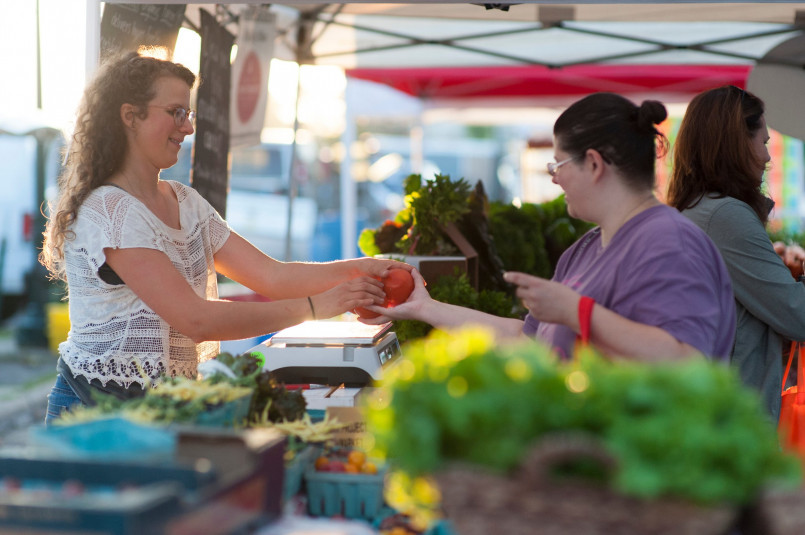
Healdsburg, California
This charming town in Sonoma County offers a perfect blend of rustic and refined culinary experiences. Centered around a picturesque plaza, Healdsburg provides access to three major wine regions: Dry Creek Valley, Alexander Valley, and Russian River Valley.
The three-Michelin-starred SingleThread Farm-Restaurant-Inn represents the pinnacle of Healdsburg's dining scene, offering Japanese-influenced cuisine with ingredients from their own farm. More casual but equally impressive options include Barndiva, which serves farm-sourced contemporary American dishes in a converted barn, and Valette, where locally-raised chef Dustin Valette crafts dishes highlighting Sonoma County's bounty.
Beyond restaurants, explore the Healdsburg Farmers' Market, artisanal cheese shops, bakeries, and the SHED, a modern grange hall celebrating local farming and food production.
Greenville, South Carolina
Greenville has evolved into one of the South's most exciting food destinations, with over 110 restaurants along its walkable Main Street. The city blends traditional Southern cuisine with innovative approaches from chefs who've relocated from major culinary capitals.
Standout establishments include Husk Greenville, where Sean Brock's philosophy of Southern ingredients shines, and The Lazy Goat, offering Mediterranean-inspired dishes with Southern touches. For authentic Southern cooking, Soby's New South Cuisine reinterprets classics like shrimp and grits with contemporary flair.
Don't miss the Saturday Market between May and October, featuring over 75 vendors selling produce, meats, cheeses, and prepared foods from across the Upstate region.
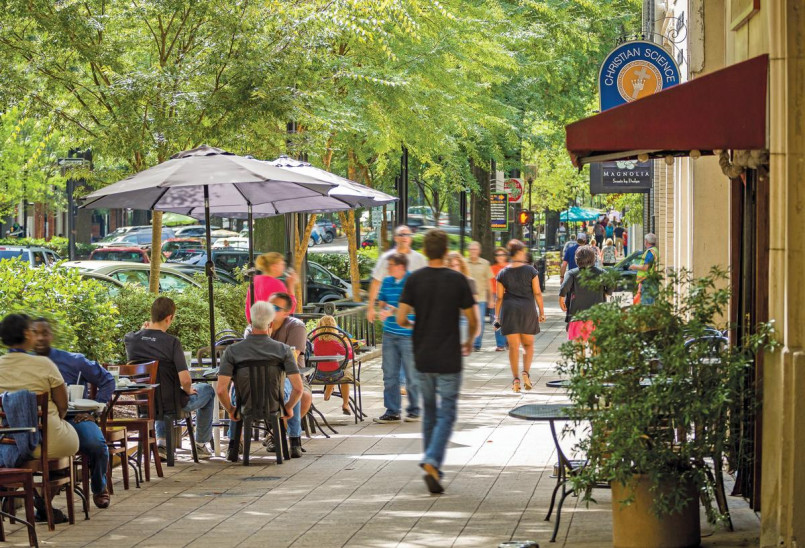
Saugatuck, Michigan
This artistic lakeside community offers surprising culinary depth for its small size. Nestled on Lake Michigan, Saugatuck's restaurants capitalize on fresh Great Lakes fish and produce from surrounding farms.
Uncommon Coffee Roasters provides exceptional coffee and breakfast fare, while Pennyroyal Café & Provisions serves farm-fresh cuisine from a James Beard-nominated chef. For dinner, The Southerner offers refined Southern comfort food, and Bowdie's Chophouse serves premium steaks in an intimate setting.
Visit the Saugatuck Farmers Market for local products, and don't miss nearby Fennville's Crane's Pie Pantry for legendary pies and ciders made from their own orchards.
Kennebunkport, Maine
This coastal New England town delivers seafood at its freshest, particularly Maine's iconic lobster. The Clam Shack's lobster roll consistently wins national awards, while more upscale dining can be found at Earth at Hidden Pond, where ingredients come from on-site gardens.
Cape Porpoise, just outside town, offers authentic fishing village vibes at Nunan's Lobster Hut, serving simple but perfect lobster dishes since 1953. For non-seafood options, Old Vines Wine Bar offers a sophisticated menu paired with an extensive wine list.
Time your visit for the Kennebunkport Festival in June, celebrating the area's food, wine, and art with events featuring top chefs from across New England.
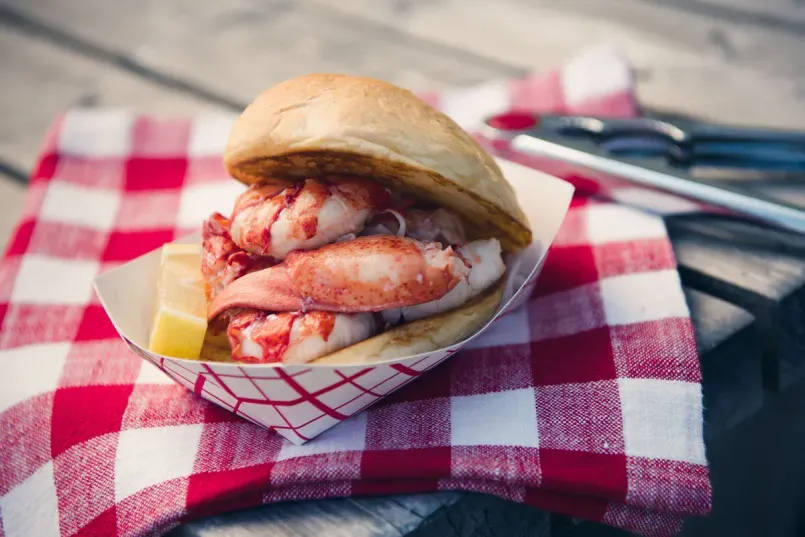
Fredericksburg, Texas
This Hill Country town blends German heritage with Texan traditions and wine country sophistication. Founded by German settlers in 1846, Fredericksburg maintains its cultural roots through restaurants like Der Lindenbaum, serving authentic German fare including schnitzel, spaetzle, and sauerbraten.
The town's location in Texas Wine Country means excellent dining options at vineyard restaurants like Cabernet Grill, featuring Texas wines paired with Hill Country cuisine. Otto's German Bistro offers a modern take on German food with local ingredients, while Vaudeville provides sophisticated farm-to-table dining.
Don't miss the Fredericksburg Farmers Market, peach orchards in season, and the many food and wine festivals throughout the year, including the Food & Wine Fest in October.
Asheville, North Carolina
Though slightly larger than some towns on this list, Asheville's food scene demands inclusion. This Blue Ridge Mountain city offers an impressive concentration of craft breweries (over 30) and farm-to-table restaurants that showcase Appalachian ingredients and traditions.
Cúrate brings authentic Spanish tapas to the mountains, while Chai Pani serves street food-inspired Indian cuisine that has earned national recognition. For traditional Southern fare elevated to new heights, visit Benne on Eagle, which honors the African American culinary traditions of the region.
The Western North Carolina Farmers Market operates year-round, and numerous specialty food shops like The Cheese Store of Asheville and Spicewalla spice company (founded by Chef Meherwan Irani) enhance the town's food credentials.
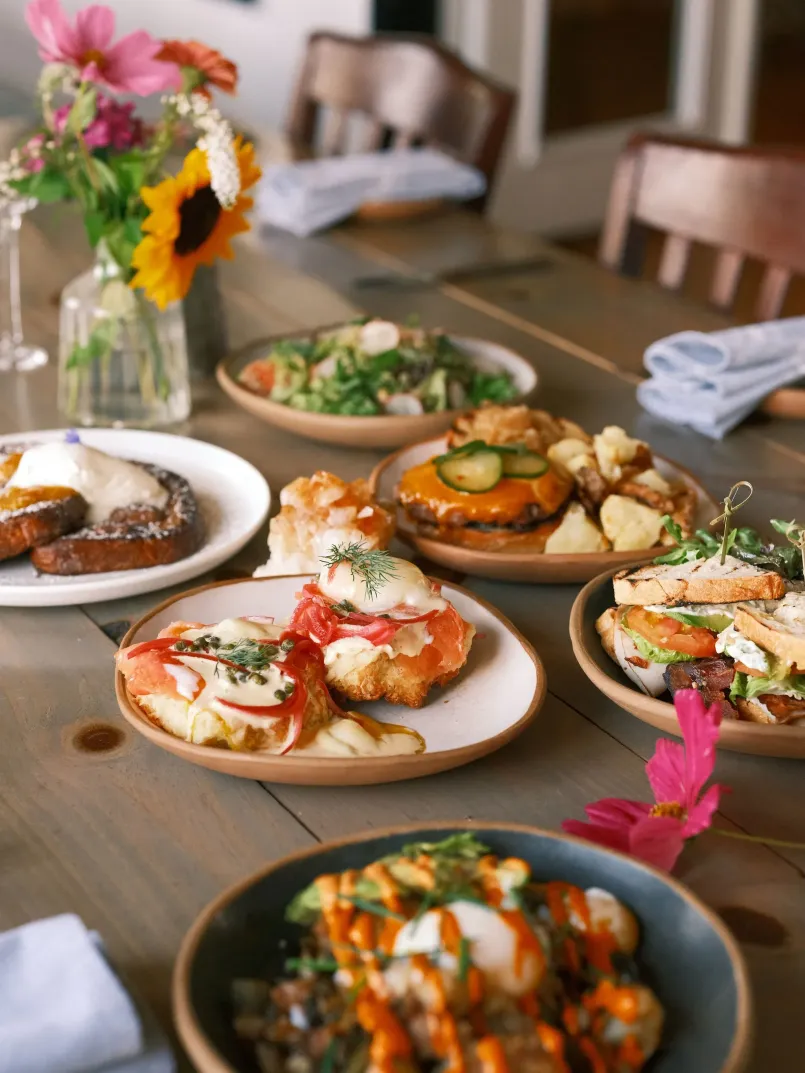
Cambria, California
This seaside village along California's Central Coast combines ocean-fresh seafood with access to Paso Robles wine country. The town's oceanfront boardwalk along Moonstone Beach leads to restaurants like Sea Chest Oyster Bar, where fresh oysters and seafood are served with sunset views.
Robin's Restaurant serves global cuisine with local ingredients in a charming garden setting, while Black Cat Bistro offers intimate fine dining with a California-meets-France approach. For casual fare, Linn's showcases the area's famous olallieberry in pies, preserves, and other treats.
Visit during the Cambria Art & Wine Festival in January or the Pinedorado Days festival over Labor Day weekend for special culinary events.
Burlington, Vermont
This lakeside college town exemplifies the farm-to-table movement with one of the country's most vibrant local food systems. The waterfront Church Street Marketplace is lined with restaurants showcasing Vermont's agricultural bounty.
Hen of the Wood features rustic Vermont cuisine with ingredients sourced from nearby farms and forests. American Flatbread serves wood-fired pizzas topped with local ingredients, while Honey Road offers eastern Mediterranean small plates with Vermont-sourced products.
The Burlington Farmers Market operates year-round and stands as one of the nation's best, while Lake Champlain Chocolates and the Vermont Pub & Brewery represent the area's craft food and beverage producers. For the full experience, visit during Vermont Restaurant Week in April.
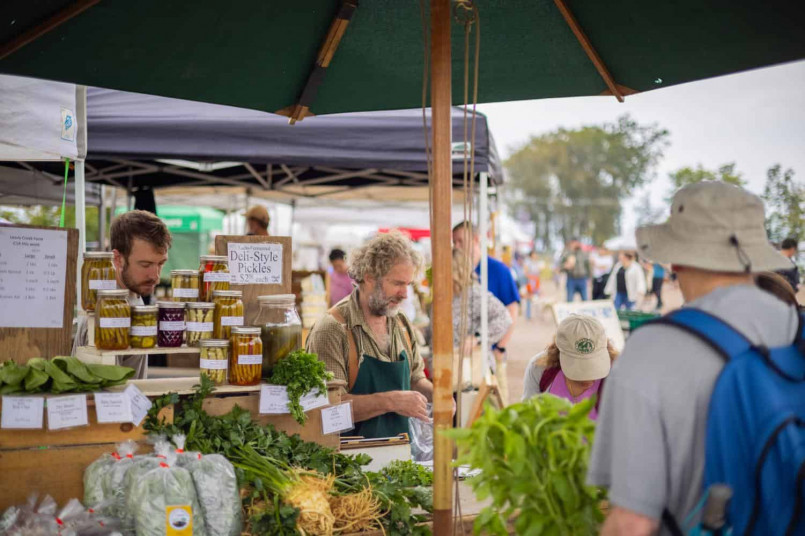
Jackson Hole, Wyoming
This mountain town near Grand Teton National Park has evolved from simple cowboy fare to sophisticated mountain cuisine. Local game meats like bison, elk, and venison feature prominently, prepared with techniques that would impress in any major city.
The Snake River Grill has been setting the standard for fine dining in Wyoming for decades, while Persephone Bakery offers artisanal breads and pastries that rival any European bakery. For a true Wyoming experience, visit the Million Dollar Cowboy Bar, where you can sit on saddle barstools while enjoying local beers and bison burgers.
The Jackson Hole Farmers Market operates during summer months, and winter brings special dining events like sleigh ride dinners at nearby ranches.
Taos, New Mexico
This high-desert artistic community offers cuisine steeped in Native American, Spanish, and Mexican traditions. Red and green chile (or "Christmas" style with both) flavor many dishes in this historic adobe town.
Orlando's New Mexican Café serves traditional New Mexican dishes perfected over generations, while Love Apple offers farm-to-table New American cuisine in a converted chapel. For fine dining, De La Tierra at El Monte Sagrado incorporates regional ingredients into globally-inspired dishes.
The Taos Farmers Market showcases the surprising variety of produce grown in this high-altitude environment, along with traditional foods from Taos Pueblo, one of the oldest continuously inhabited communities in North America.
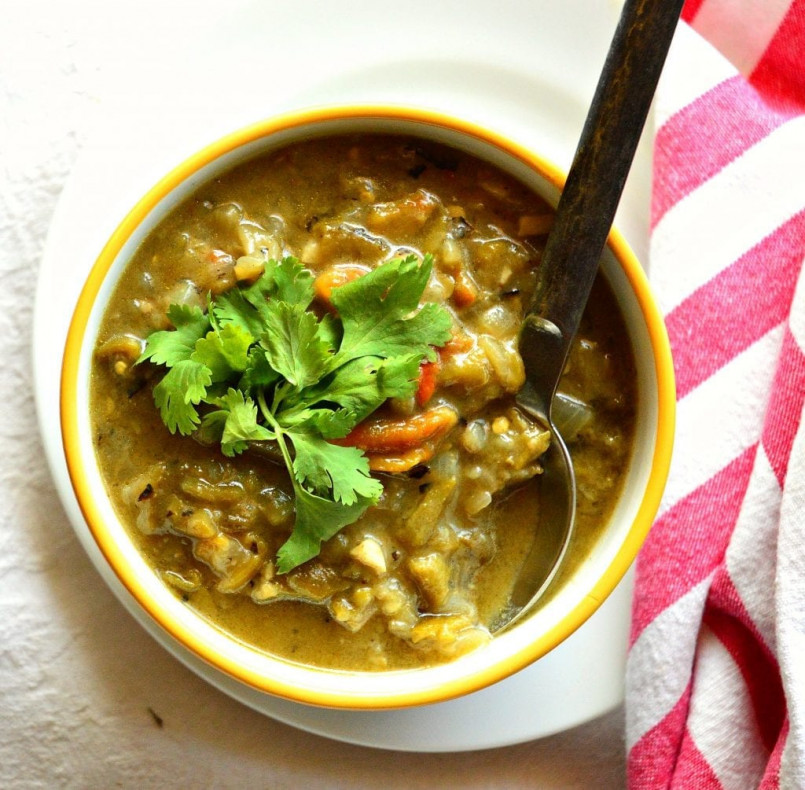
Bardstown, Kentucky
Known as the "Bourbon Capital of the World," Bardstown pairs its spirits heritage with Southern cuisine that goes far beyond the expected. The town sits at the heart of the Kentucky Bourbon Trail, with distilleries offering tastings and food pairings.
The Rickhouse Restaurant serves upscale Southern dishes in a historic building that once stored bourbon barrels, while Bottle & Bond Kitchen and Bar at the Bardstown Bourbon Company offers modern cuisine paired with their spirits. For classic Kentucky dishes, Mammy's Kitchen has been serving country ham, hot browns, and burgoo for generations.
The Kentucky Bourbon Festival in September transforms the town into a culinary destination with special dinners, tastings, and food events celebrating the state's signature spirit.
Oxford, Mississippi
This college town punches well above its weight in culinary terms, driven by literary heritage and deep Southern roots. Author John T. Edge directs the Southern Foodways Alliance here, helping make Oxford a center for studying and celebrating Southern food traditions.
City Grocery, run by James Beard Award-winning chef John Currence, offers refined Southern cuisine in a historic building on the town square. Currence's other establishments-Big Bad Breakfast, Bouré, and Snackbar-showcase different aspects of Southern cuisine from morning to night.
The Midtown Farmers Market and Oxford Canteen provide more casual but equally delicious options. Time your visit for the Southern Foodways Alliance Symposium in October if you want to experience lectures and meals from the South's top culinary minds.
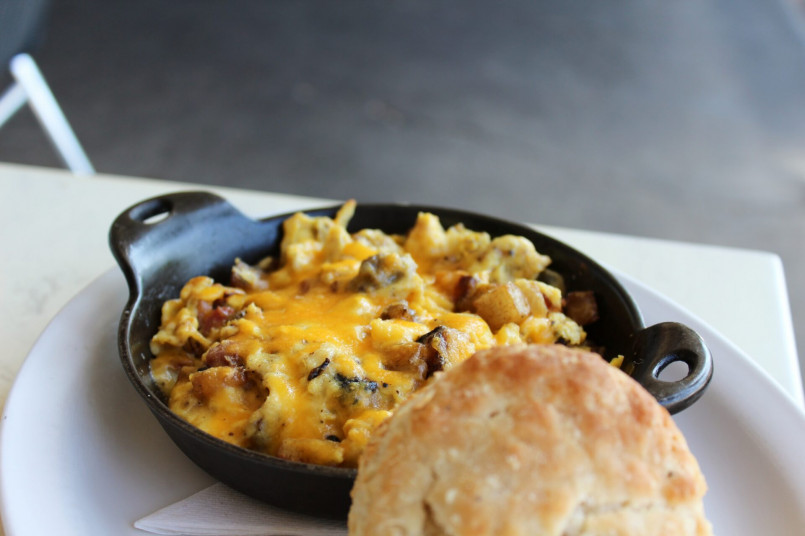
Lewes, Delaware
This historic coastal town offers Chesapeake Bay seafood with a side of charm. Founded in 1631, Lewes balances its historic character with innovative dining options.
Heirloom serves refined farm-to-table cuisine in a renovated Victorian home, while Kindle offers sophisticated comfort food with local ingredients. For seafood straight from the bay, Striper Bites specializes in fresh catch prepared simply to highlight its quality.
The Historic Lewes Farmers Market is consistently rated among the best small markets in America, and nearby Nassau Valley Vineyards produces wines that pair perfectly with local seafood. Lewes' proximity to both the ocean and Delaware's agricultural areas gives chefs access to exceptional ingredients year-round.
Bozeman, Montana
This mountain town has transformed from a college outpost to a sophisticated food destination while maintaining its Western character. The surrounding mountains and valleys provide game meats, trout, and foraged ingredients that define Montana mountain cuisine.
Blackbird Kitchen offers wood-fired cuisine featuring local ingredients, while Montana Ale Works serves elevated pub food in a historic railroad building. For breakfast and baked goods, Wild Crumb produces artisanal breads and pastries that would impress in any major city.
The Bogert Farmers Market operates year-round, moving indoors during Montana's harsh winters. Special events like the Vine & Dine Festival in August showcase the surprisingly robust wine culture developing in this mountain town.
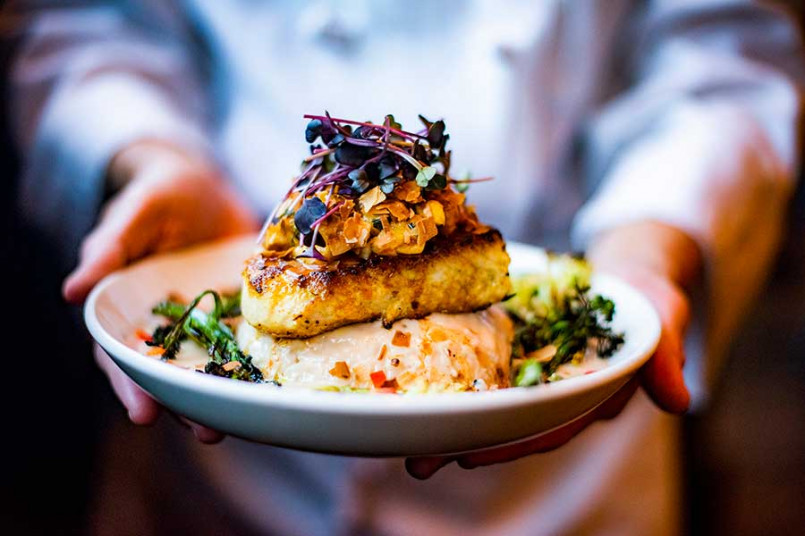
Planning Your Culinary Adventure
To make the most of your small-town food adventure, consider these tips:
- Research seasonal food festivals - Many small towns host food-focused events that showcase local specialties
- Book dining reservations well in advance - The best restaurants in small towns often have limited seating
- Explore farmers markets - These offer insight into local ingredients and often feature prepared foods
- Take cooking classes - Many small towns offer opportunities to learn local cooking techniques
- Arrange tours of local producers - From cheese makers to distilleries, seeing production enhances appreciation
- Stay at culinary-focused accommodations - Many small towns have inns with exceptional restaurant components
While major cities receive most of the national culinary attention, these small towns prove that population size doesn't determine deliciousness. Their intimate settings often allow for more direct connections between diners, chefs, and producers, creating food experiences that feel both authentic and personal.
Frequently Asked Questions About 15 Mouthwatering Small Towns in the USA Every Food Lover Should Visit
What makes small towns better for food experiences than big cities?
Small towns often offer more intimate connections between diners, chefs, and food producers. You can meet the farmer who grew your vegetables, the cheesemaker who crafted your cheese, or the winemaker who produced your wine. These towns typically feature ingredients with extraordinary freshness (often harvested that morning) and restaurants that reflect authentic regional traditions without chasing food trends. The dining experience also tends to be more relaxed and personal than in major cities.
When is the best time of year to visit these food towns?
It depends on what food experiences you're seeking. Summer and early fall generally offer the most abundant local produce and outdoor dining options. Towns like Traverse City shine during cherry season (July), while wine regions like Healdsburg are most exciting during harvest (September-October). Coastal towns like Kennebunkport are busiest in summer but serve fresh seafood year-round. Winter visits to places like Jackson Hole or Bozeman offer unique experiences like sleigh ride dinners and hearty game dishes.
Do I need to make restaurant reservations in these small towns?
Yes, particularly for the most acclaimed restaurants. Despite being in small towns, restaurants like SingleThread in Healdsburg or Husk in Greenville can be booked months in advance. Even more casual establishments fill quickly during peak tourist seasons and weekends. The limited number of dining establishments in small towns means demand often exceeds capacity, especially during food festivals or special events.
Are these small food towns expensive to visit?
There's typically a range of price points in each town. While fine dining establishments like The Cook's House in Traverse City or Earth at Hidden Pond in Kennebunkport can be expensive, most towns also offer excellent mid-range and budget options. Farmers markets, food trucks, and casual eateries provide affordable ways to experience local flavors. Visiting during shoulder seasons (spring and fall) often means lower accommodation costs and better availability.
Which of these towns is best for special dietary needs like vegetarian, vegan, or gluten-free?
Asheville, Burlington, and Healdsburg stand out for accommodating special diets. Asheville has a strong plant-based scene with restaurants like Plant and Laughing Seed Café. Burlington's farm-to-table ethos means fresh vegetables are always featured prominently. California towns like Healdsburg and Cambria are generally very accommodating of dietary restrictions. However, most restaurants in all these culinary-focused towns can adapt their menus-just call ahead to confirm options for your specific needs.
What's the best way to experience the local food culture beyond restaurants?
Visit farmers markets, which all these towns have in some form. Look for cooking classes, which places like Healdsburg, Asheville, and Greenville offer regularly. Book tours of local producers-wineries, distilleries, cheese makers, farms, and orchards. Many towns have food tours that provide samples from multiple establishments. Engage with locals at coffee shops and bars to get recommendations. Also check local event calendars for pop-up dinners, which offer unique experiences beyond established restaurants.
